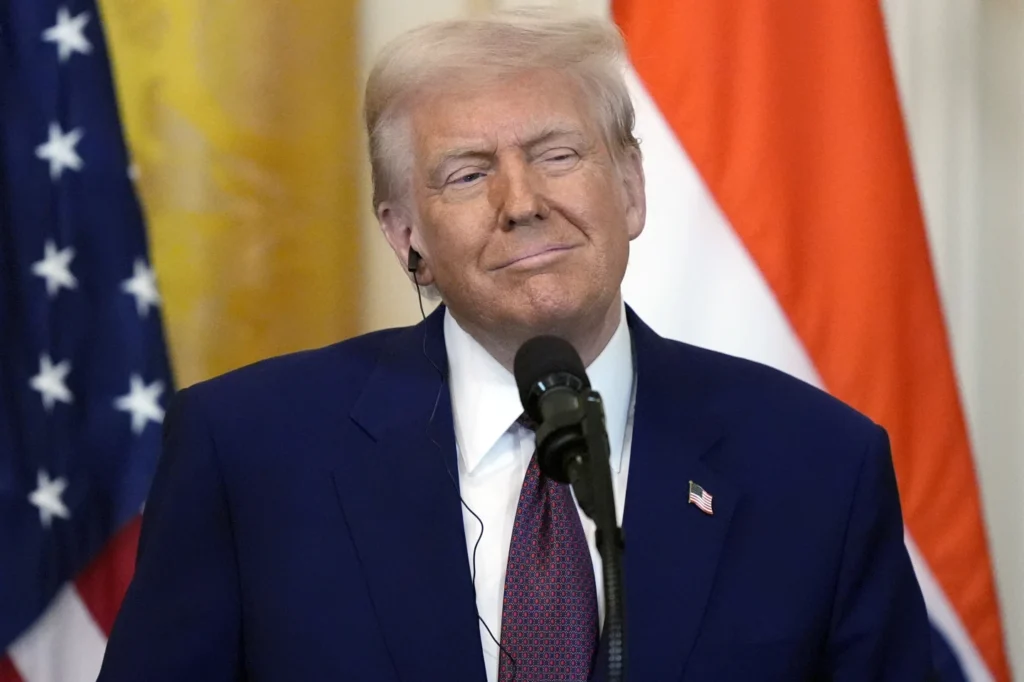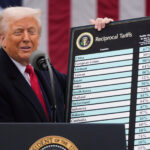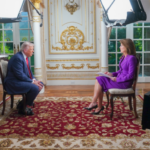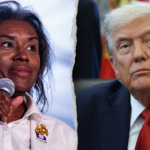Trump Tariffs Face Legal Hurdle Despite Trade Success/ Newslooks/ WASHINGTON/ J. Mansour/ Morning Edition/ President Donald Trump’s aggressive trade policy, marked by sweeping tariffs, is under legal scrutiny. A federal court ruled his emergency tariff actions exceeded presidential authority, prompting an appeal. The case could reshape the balance between executive power and congressional oversight in trade.
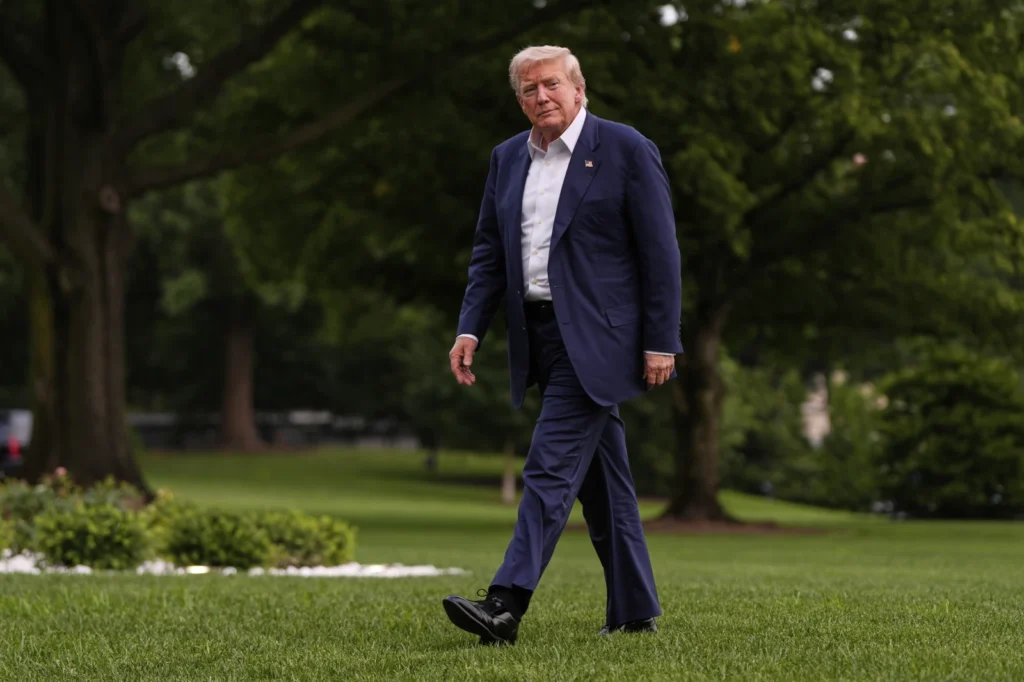
Trump Tariffs Legal Challenge Quick Looks
- Trump faces lawsuits over sweeping emergency-imposed tariffs
- A federal trade court ruled against his authority in May
- Appeals court to hear arguments; case may reach Supreme Court
- Tariffs enacted using the 1977 International Emergency Economic Powers Act
- Plaintiffs argue trade deficits don’t meet emergency law criteria
- Trump suspended some tariffs but could reinstate them
- Legal debate centers on bypassing Congress to impose trade taxes
- Previous tariffs on China and steel not affected by this case
Deep Look: Trump’s Tariff Power Faces Federal Court Challenge Despite Trade Gains
President Donald Trump has reshaped global trade policy through high-stakes negotiations and the aggressive use of tariffs, often without congressional input. While he’s achieved major victories in compelling economic partners to accept tough terms, his methods are now under fire in the courtroom.
At the heart of the legal battle is Trump’s decision to impose sweeping tariffs by invoking emergency powers—an approach that critics say stretches presidential authority beyond legal limits.
In May, the U.S. Court of International Trade delivered a significant blow to Trump’s trade agenda. The three-judge panel ruled that his administration had overreached by declaring a national emergency to justify wide-ranging import tariffs on nearly every major trading partner. The case consolidated challenges from five U.S. companies and 12 states, setting up a precedent-setting confrontation over executive power.
The litigation moves forward this week as the U.S. Court of Appeals for the Federal Circuit hears arguments in Washington. The appellate court, more accustomed to patent law, now takes on one of the most consequential trade cases in decades. Regardless of the outcome, legal analysts expect the case to reach the U.S. Supreme Court.
While the court allowed the tariffs to continue being collected during the appeals process, the larger question looms: Can a president unilaterally impose economic measures of this scale by invoking emergency powers?
Trump maintains that he can—and has. His administration invoked the 1977 International Emergency Economic Powers Act (IEEPA) to enact tariffs of up to 50% on countries with which the U.S. has a trade deficit. A 10% “baseline” tariff was set on most other imports. Trump declared a national emergency, citing America’s long-standing trade imbalance as justification.
“Liberation Day,” as Trump called April 2, 2025, marked the official rollout of the new tariffs. Though later suspended, they remain a threat and could return if countries don’t sign bilateral trade deals or receive letters from Trump setting specific tariff rates.
Critics argue that Trump’s use of the IEEPA is fundamentally flawed. The law was designed to address genuine “unusual and extraordinary” threats to national security or the economy. Trade deficits, the plaintiffs argue, don’t qualify—especially since the U.S. has operated under a trade deficit for nearly half a century, regardless of economic conditions.
Reilly Stephens of the Liberty Justice Center, representing the plaintiffs, remarked:
“The president doesn’t get to use open-ended grants of authority to do what he wants.”
In its May decision, the trade court stated that Trump’s tariffs exceeded the scope of authority granted under the IEEPA. The court also rejected the use of immigration and drug trafficking issues as grounds for tariffs on Canada, Mexico, and China, arguing that the levies did not effectively address those problems as required by law.
The administration has defended its stance by pointing to historical precedent. In 1971, President Richard Nixon imposed tariffs using the Trading With the Enemy Act of 1917, a law that shares legal DNA with IEEPA. That effort was not challenged in the same way, but today’s critics argue the economic and political environment has shifted, and legal interpretation must evolve accordingly.
Notably, this lawsuit does not target all of Trump’s trade measures. The legal action excludes earlier tariffs on steel, aluminum, and autos imposed after Commerce Department investigations deemed them national security threats. Nor does it touch tariffs placed on China during Trump’s first term—many of which were upheld and maintained by President Joe Biden due to documented unfair trade practices by Beijing.
Despite legal pushback, Trump has remained a vocal supporter of tariffs. He views them as a multifunctional tool: one that can bring back manufacturing jobs, protect domestic industries, pressure foreign governments, and raise revenue to fund initiatives like his 2025 “One Big Beautiful Bill” tax cuts.
Whether the courts ultimately affirm or curtail his use of emergency trade powers, the implications are massive. A ruling against Trump could reassert congressional authority over trade and restrict future presidents from unilaterally imposing taxes under emergency declarations. A ruling in his favor could solidify the White House’s dominance over trade policy for years to come.
As the appeals court prepares for Thursday’s arguments, the country watches closely. The final outcome could reset the boundaries of presidential power in economic policymaking—and redefine how the U.S. engages with the global trading system.

